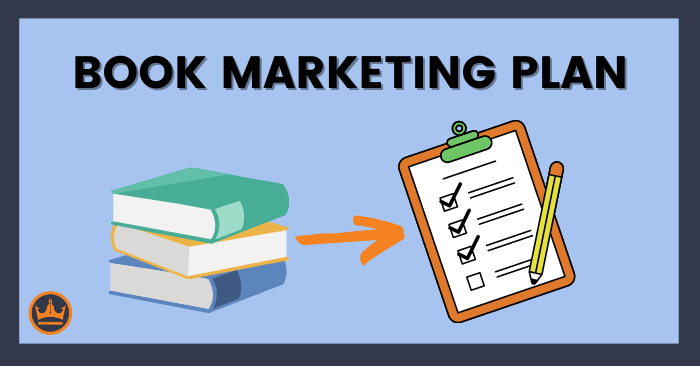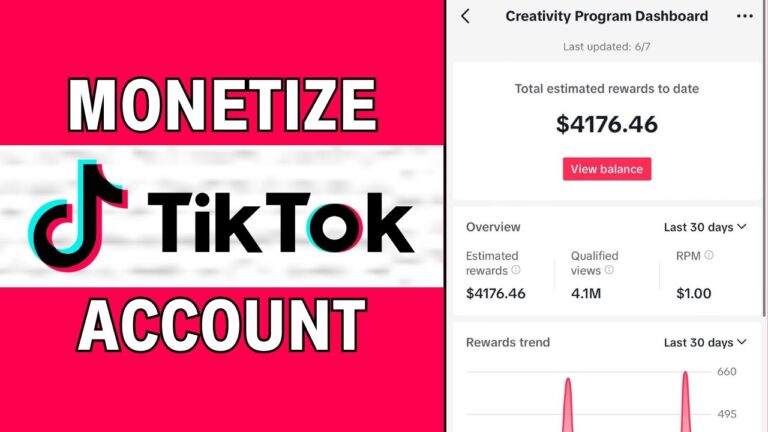Introduction
Book marketing is often seen as one of the most daunting parts of the publishing process. For many authors, the idea of promoting their book can be overwhelming, especially when faced with the numerous strategies and tools available today. But, here’s the truth: a well-constructed book marketing plan can make all the difference between your book gaining traction and it being lost in the crowd. The good news? You can build a winning book marketing plan from scratch, even if you have no experience.
In this article, I’ll walk you through a comprehensive, step-by-step guide to crafting a marketing plan that will give your book the attention it deserves. From identifying your target audience to leveraging social media and email marketing, I’ll help you break down each element of the marketing puzzle, so you can confidently promote your work. Let’s dive in!
1. Identify Your Target Audience
The first step in any successful book marketing plan is knowing who your target audience is. Understanding your readers allows you to tailor your message in a way that resonates with them. Ask yourself:
- Who will benefit from or enjoy my book?
- What age range does my target audience fall under?
- Where does my audience spend time online?
Once you have a clear picture of your ideal reader, you can start developing marketing strategies that speak directly to them. Whether it’s creating targeted ads, running specific promotions, or crafting the right tone in your social media posts, knowing your audience is crucial to any successful marketing plan.
2. Craft an Engaging Book Description
A well-written book description is a powerful marketing tool. This short summary not only helps potential readers understand what your book is about but also gives them a reason to buy it. Here’s how you can craft a compelling book description:
- Hook Your Readers Early: Start with an attention-grabbing first sentence. This should make the reader want to know more.
- Focus on the Benefits: Highlight what makes your book unique. What will the reader gain from reading it? Will it entertain, educate, or inspire them?
- Create Intrigue: Without giving away too much, tease key elements or conflicts in your book that will make readers curious.
A strong book description can make a huge difference in converting casual browsers into buyers.
3. Develop a Strong Author Brand
Building your personal brand as an author is essential for long-term book marketing success. It helps you stand out and makes readers more likely to buy your book because they feel connected to you. Here are some key strategies to create a strong author brand:
- Professional Website: Invest in a clean, user-friendly website that includes an “About Me” section, book information, and a blog.
- Consistent Social Media Presence: Choose platforms that your target audience frequents and post regularly. Share behind-the-scenes stories, insights into your writing process, and updates about your book.
- Engage with Your Audience: Respond to comments, participate in discussions, and show appreciation for your readers. This helps you build a loyal fan base over time.
Your brand is the story you tell about yourself as an author, so make sure it’s compelling and consistent across all your marketing channels.
4. Build a Pre-Launch Strategy
Creating buzz before your book is officially available is key to driving sales on launch day. A solid pre-launch strategy includes:
- Cover Reveals: Share your book cover on social media or your website to generate excitement.
- Advance Reader Copies (ARCs): Offer ARCs to book bloggers or influencers in exchange for reviews. This can help build early buzz and social proof.
- Email List: If you don’t have an email list yet, now’s the time to start building one. Offer exclusive content, such as behind-the-scenes looks at your writing process, to entice sign-ups.
A strong pre-launch strategy ensures that your book already has a dedicated audience eagerly awaiting its release.
5. Leverage Social Media Marketing
Social media is one of the most powerful tools for book marketing, but it’s important to use it wisely. Here’s how you can leverage social media for your book:
- Platform Selection: Not all platforms are created equal. Choose the ones that align with your audience. For example, Instagram might be great for visual books, while LinkedIn could be perfect for business authors.
- Content Strategy: Mix promotional posts with engaging content. Share excerpts, post behind-the-scenes looks at your writing process, or ask your audience for their thoughts on your book’s themes.
- Collaborate with Influencers: Connect with influencers in your genre or niche. This could mean reaching out to bookstagrammers, YouTubers, or bloggers to help spread the word about your book.
When done right, social media can significantly increase your book’s visibility and help you connect directly with your readers.
6. Utilize Email Marketing
Email marketing is an incredibly effective way to connect with your readers and keep them engaged. Here’s how you can incorporate email marketing into your book marketing plan:
- Build Your List Early: Start collecting email addresses long before your book is launched. Offer a free chapter, a behind-the-scenes look, or other exclusive content to encourage sign-ups.
- Create Engaging Newsletters: Don’t just focus on selling your book. Share updates on your writing journey, offer tips, or discuss topics related to your book’s theme. The goal is to keep your audience engaged.
- Promote Special Offers: Use your email list to announce special deals, such as discounted eBook prices or exclusive merchandise for your readers.
Email marketing keeps your audience informed and invested in your book, helping to maintain momentum even after the initial launch.
7. Gain Book Reviews
Book reviews serve as social proof, giving potential readers the confidence to purchase your book. Here’s how to generate reviews:
- Reach Out to Bloggers: Many book bloggers are willing to review new books, especially if they’re offered a free copy. Research bloggers who review books in your genre.
- Use Goodreads: Goodreads is a popular platform for book lovers. Create an author profile, engage with readers, and request reviews from active community members.
- Ask Your Readers: Sometimes, the simplest way to get reviews is to ask your readers directly. Include a polite request for reviews at the end of your book or in your email newsletter.
The more reviews you can gather, the more credibility your book will have, making it easier to attract new readers.
8. Plan for Long-Term Marketing
Marketing your book doesn’t stop after launch day. Here’s how you can keep your marketing efforts going long after your book is published:
- Host Book Events: Online book readings or Q&A sessions with your audience can keep the buzz going.
- Continual Content Creation: Keep your social media active by sharing new content related to your book or updates on your future projects.
- Collaborations: Partner with other authors or influencers for cross-promotions. This can introduce your book to a broader audience.
Consistent marketing ensures your book stays in front of potential readers, increasing its chances of long-term success.
Key Features of a Winning Book Marketing Plan
- Identify your target audience
- Craft an engaging book description
- Build a strong author brand
- Develop a pre-launch strategy
- Leverage social media marketing
- Utilize email marketing effectively
- Gather and leverage book reviews
- Plan for long-term marketing success
Conclusion
Building a winning book marketing plan from scratch doesn’t have to be complicated. By following these steps—understanding your audience, leveraging multiple channels, and keeping your marketing efforts consistent—you’ll be well on your way to getting your book in front of the right people and building a loyal readership.







